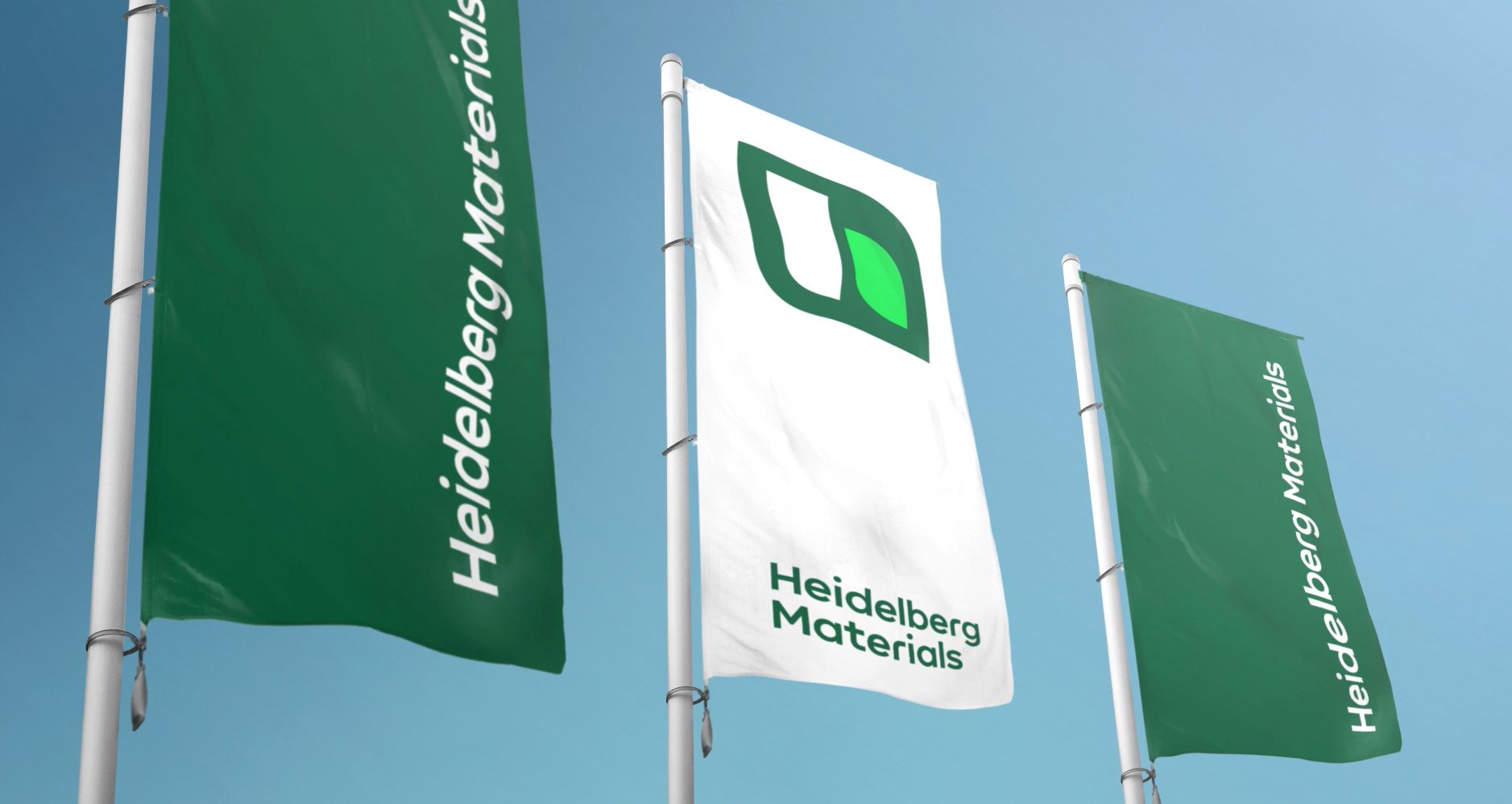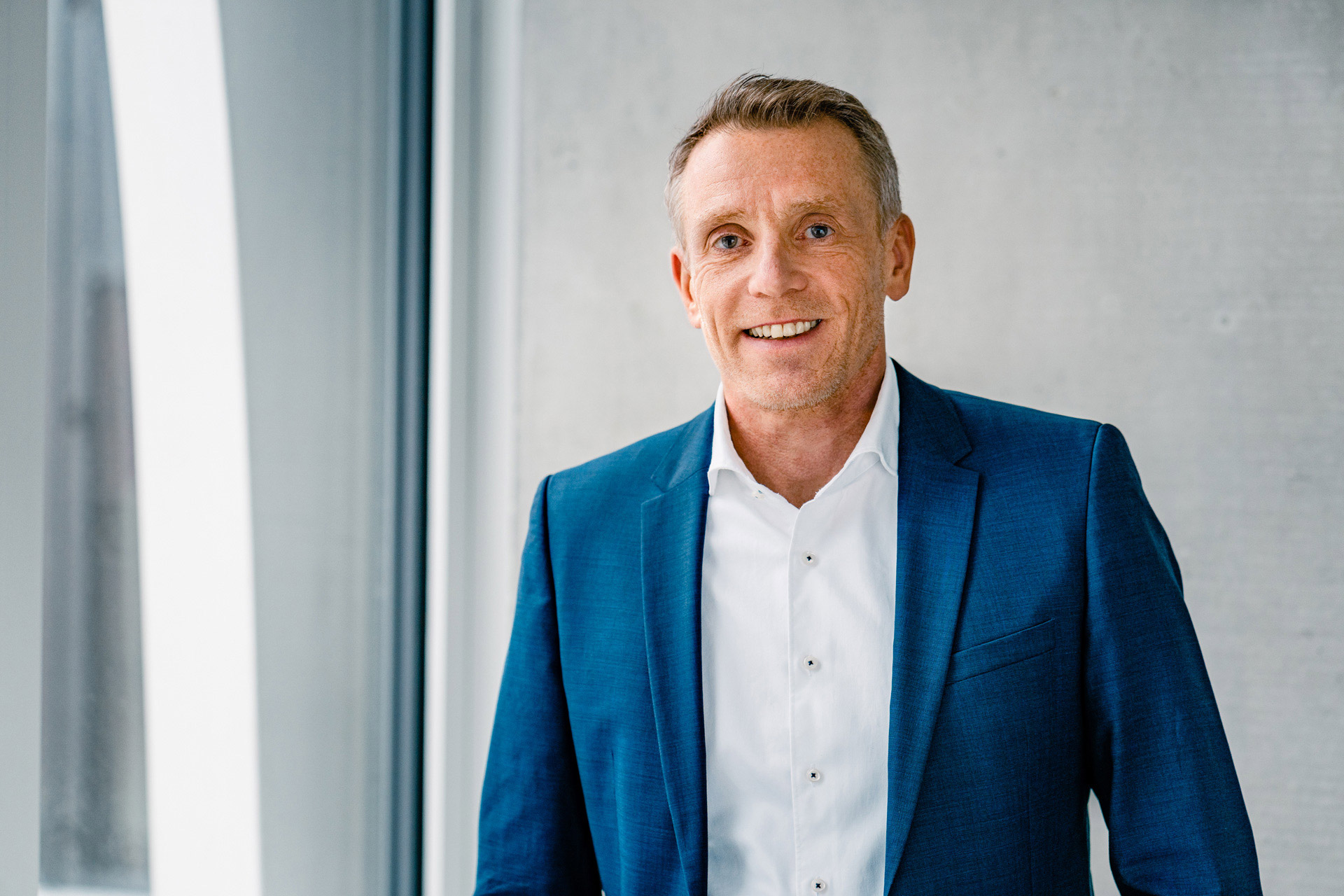HeidelbergCement presents new strategy "Beyond 2020" and pushes climate goals
Original CO₂ emission target for 2030 brought forward to 2025
New medium-term financial targets until 2025: significant increase in EBITDA margin by 300 basis points and return on invested capital (ROIC) to clearly above 8%
Change of direction in portfolio management: simplification of the country portfolio and prioritisation of the strongest market positions
Targeted leverage ratio of between 1.5x–2.0x of result from current operations before depreciation and amortisation, upper limit to be reached already at the end of 2020
Attractive shareholder return through progressive dividend policy and possible share buybacks if the business remains stable
Significant increase in results in July and August 2020 compared to the previous year
Today, HeidelbergCement is presenting its new strategy "Beyond 2020" at this year's Capital Markets Day. Key elements of the strategy are new medium-term financial and sustainability targets that the Group aims to achieve by 2025.
"We see climate change and digitalisation as the two central challenges of the future for society and for our company," says Dr. Dominik von Achten, CEO of HeidelbergCement. "As one of the world's leading building materials producers, we have the ambition and the innovative strength to actively shape this change in a pioneering role. At the same time, we see further optimisation potential in our plants and processes. Ecology and economy are not contradictory. Our new medium-term targets for 2025 illustrate this claim.”
HeidelbergCement is significantly pushing its ambitious climate goals. By 2025, the company aims to reduce specific net CO₂ emissions to below 525 kg per tonne of cementitious material. This figure corresponds to a reduction of 30% compared to 1990 and had previously only been targeted for 2030. The Group, which has already succeeded in reducing its CO₂ emissions by 22% between 1990 and 2019, is thus setting new standards in the cement industry. By 2030, emissions are expected to fall to below 500 kg per tonne of cementitious material. To achieve this, the company has defined concrete measures for all plants worldwide.
HeidelbergCement aims to be a pioneer in the building materials industry in the gradual reduction of CO₂ emissions. The company aims to offer CO₂-neutral concrete by 2050 at the latest.
Significant increase in EBITDA margin and ROIC expected
The company has set itself new medium-term targets for EBITDA margin and return on invested capital. By 2025, the ratio of result from current operations before depreciation and amortisation to revenue (EBITDA margin) is to increase by 300 basis points to 22%. Margin drivers are active portfolio management, business excellence initiatives in sales, production, and administration as well as digital transformation. On this basis, the company aims to achieve a return on invested capital (ROIC) of clearly above 8% by 2025.
Portfolio management focuses on simplifying the country portfolio and prioritising the strongest market positions. This includes accelerated divestments if expected returns cannot be achieved in the medium term. Selective acquisitions in existing markets must meet high result and return expectations. Basically, the company is maintaining its balanced positioning in mature and growth markets.
As part of its business excellence initiatives, HeidelbergCement intends to further optimise effectiveness, processes, and structures in sales, production, and administration. In production, a newly introduced "Global Operating Model" enables the three business lines cement, aggregates and concrete/asphalt to standardise processes and achieve additional efficiency gains. In sales, new and sustainable products and services will contribute to improving margins. For the North America Group area, HeidelbergCement is adopting a package of measures with the aim of increasing the margin across all business units by
400–500 basis points. Additionally, the Group is further simplifying its administrative structures.
At the same time, HeidelbergCement has launched a digitalisation initiative. Three digital pillars will contribute to improving the EBITDA margin. The digital HConnect products improve the interface to the customer and are expected to cover more than 75% of the worldwide sales volume by 2025. The HProduce and HService solutions are expected to enable significant efficiency gains and cost reductions in the production and administration processes.
Further debt reduction planned – attractive returns for shareholders
HeidelbergCement is gradually further reducing net debt. The target corridor for net debt is 1.5–2.0 times the result from current operations before depreciation and amortisation. "We expect to reach the upper limit of this target corridor already at the end of 2020," says Dr. Lorenz Näger, CFO of HeidelbergCement. "The basis for this is our strong cash flow." The guideline for the leverage ratio is a rating in the solid investment grade range (BBB), which the Group aims to achieve and maintain on a permanent basis.
HeidelbergCement wants to continue to offer its shareholders an attractive investment opportunity and aims to continue its progressive dividend policy after the Corona crisis. Depending on external growth opportunities and a good business development, the Group reserves the option in the future to additionally buy back own shares, thereby improving earnings per share.
Significant increase in results in July and August 2020 – development in Q4 2020 remains uncertain
The measures launched as part of the COPE action plan continue to make a major contribution to offsetting the negative impact on results resulting from the Corona-related decline in revenue by savings in costs, investments and in many other areas. "Even though sales volumes continue to decline in a difficult environment, we had a very good start in the third quarter," said Dr. Dominik von Achten. "Our results in July and August were significantly higher than in the respective months of the previous year. The basis for this were in particular our cost savings and stable prices ".
The environment of the construction industry remains highly volatile. In addition, a new wave of infection may occur at any time, with the corresponding impact on construction projects already started or announced in individual countries. Against this backdrop, it is still not possible to estimate reliably the full impact of the Corona crisis on company results in 2020.
About HeidelbergCement
HeidelbergCement is one of the world’s largest integrated manufacturers of building materials, with leading market positions in aggregates, cement, and ready-mixed concrete. The company employs some 54,000 people at more than 3,000 locations in over 50 countries.


